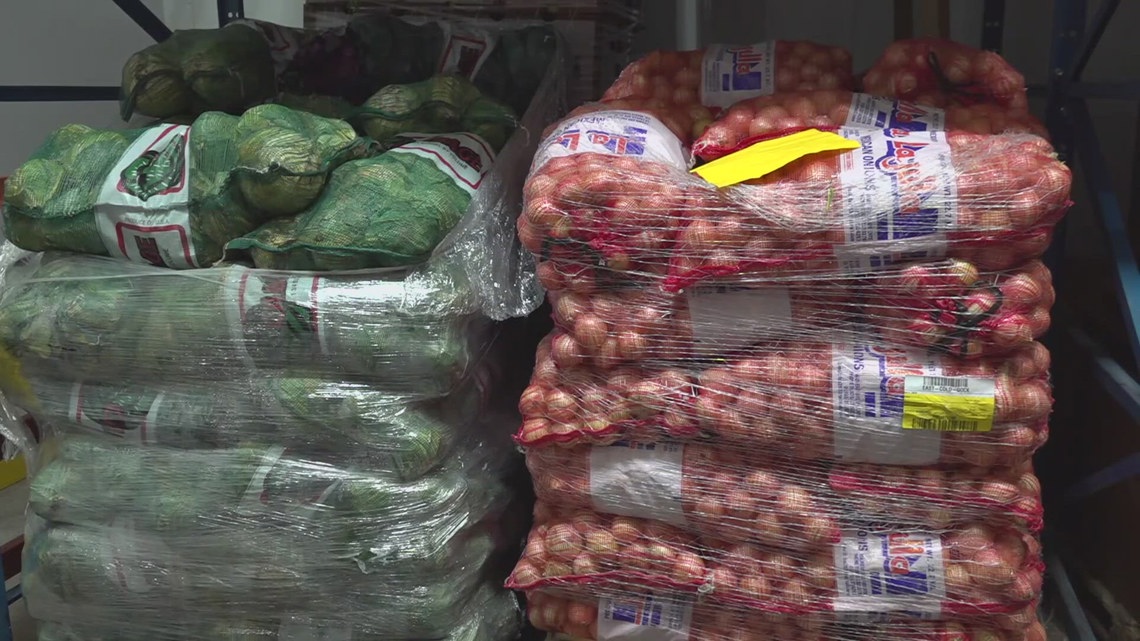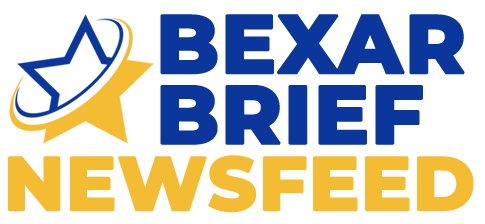
As students head back to school across Central Texas, many SNAP families rely heavily on free school lunches.
TEXAS, USA — As students head back to school across Central Texas, families are bracing for what could be a devastating blow to food security.
Texas struggles with one of the nation’s highest rates of food insecurity. According to Celia Cole, CEO of Feeding Texas, the state’s largest anti-hunger organization, 1 in 6 Texas households currently face food insecurity — with even higher rates among families with children.
The organization’s 20-member food banks serve roughly 4 million Texans annually, distributing hundreds of millions of pounds of food. But even that massive effort pales in comparison to SNAP’s reach.
The numbers are staggering: for every meal food banks provide, SNAP delivers nine meals to Texas families.
“About 75% of all SNAP participants fall into [vulnerable] groups” — seniors, children and people with disabilities, Cole explained. “So it’s a particularly vulnerable population that are served.”
The recently signed “Big Beautiful Bill” brings immediate and long-term cuts.
“One of the ways we can, I think, make good progress on cutting down on some of the excess spending that Washington seems to always fall into is by implementing work requirements for able-bodied adults without dependents for all means-tested programs,” Senator John Cornyn said in support of the cuts.
“It’s not so much just the size of the cuts as it is sort of a rollback of our commitment to fighting hunger in this country,” Cole said.
Immediate Impact (2025)
- Stricter work requirements for adults
- Reduced access for refugees and asylum seekers (Maintained eligibility for green card holders and legal permanent residents)
- Estimated to cut tens of thousands from the program
Year Two (2026)
- States must cover increased administrative costs
- Potential delays in benefit delivery due to reduced resources
Year Three (2027)
- States must fund up to 15% of actual SNAP benefits
SNAP has always been federally funded.
“When the economy’s bad or there’s a big disaster or there’s a pandemic, more people are eligible, more people apply, and that’s why having it be federally funded is so important because the federal government can increase funding in a way that states can’t,” Cole said.
Cole said her biggest fear is the program being in the hands of the states.
“Texas could be on the hook for over $700 million a year that they’d have to put up in state dollars to keep the program whole,” Cole warned.
Cole predicts the cuts will create a cascade of problems:
- Food bank demand will surge just as federal food supplies shrink
- School lunch participation will change as families using SNAP benefits shifts
“Hunger doesn’t go away just because you take away a benefit,” Cole said. “There’s no way that you can make up for a cut of this magnitude.”
The timing is particularly concerning for Central Texas families as the school year begins. Many local districts serve predominantly low-income populations who rely heavily on free school meals, including Waco ISD. Waco ISD has 87.56% of students who identify as economically disadvantaged. They benefit from the community eligibility provision, which allows 100% of their students to receive free breakfast and lunch.
Cole notes that college students face additional challenges, often forced to choose between tuition and food. Previous legislative attempts to expand SNAP eligibility to more college students have failed.
“A lot of low-income students struggle to both pay tuition and housing, room and board and put food on the table,” Cole said.
With the future unclear, Cole said if the program is cut, it will “not be a cut [food banks] can make up for,” leaving some Texans hungry.
“You’re going to see more low-income children facing hunger as a result of these cuts and more low income families struggling to put food on the table and pay for everything else they need to pay for,” Cole said.
For families needing food assistance, dial 2-1-1 for resources in your area.
